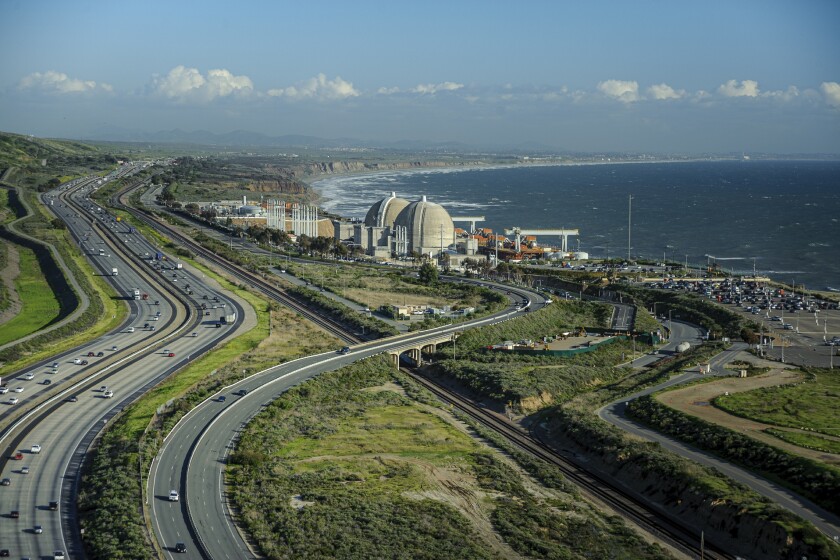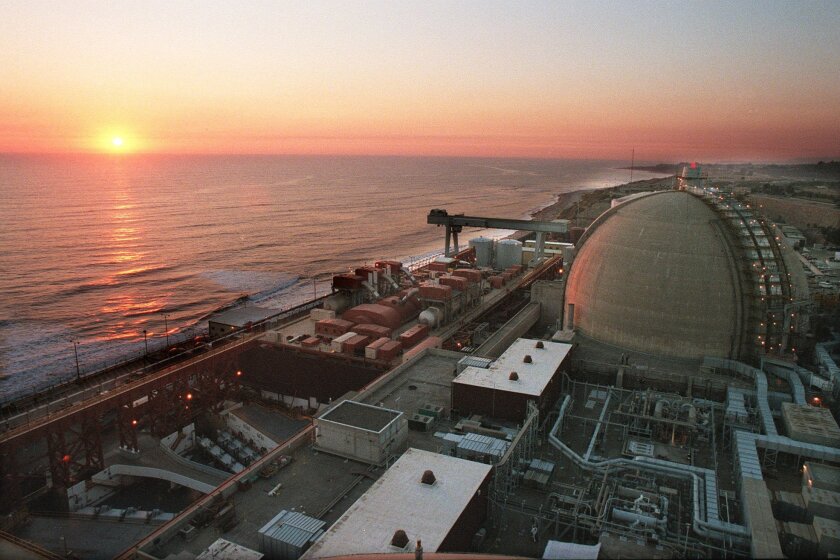This Public Watchdogs opinion, which criticizes the California Coastal Commission of being bad actors, appeared in the print edition of the San Diego Union Tribune on Tuesday, August 4, 2020. The opinion was flanked by dissenting opinions from Steve Padilla, Chair of the California Coastal Commission, and Dough Bauder, Vice President, Decommissioning and Chief Nuclear Officer San Onofre Nuclear Generating Station (SONGS). We have reproduced the Public Watchdogs’ opinion below under the “Fair use” provision of U.S. copyright law. You can read all three editorials at the San Diego Union Tribune.
What could go wrong with the nuclear waste canisters stored at San Onofre? Plenty.
It has been said that “The only thing necessary for the triumph of evil is for good men to do nothing.” On July 16, evil triumphed when the California Coastal Commission did nothing by voting to approve a substandard Inspection and Maintenance Program (IMP) for deadly nuclear waste at the failed San Onofre Nuclear Generating Station (SONGS).
Although the hearing took all morning, and the commissioners made a pretense of directing tough-sounding questions at Southern California Edison, the plant’s primary owner, the unanimous but reluctant yes vote seemed preordained and carefully scripted. The commissioners’ regrets seemed as sincere as the tears of crocodiles, and the vote was proof, once again, that Southern California Edison executives, not the people of California, are the true masters of the California Coastal Commission.
According to the authoritative journal Scientific American, the spent nuclear fuel inside the 72 canisters at SONGS and from the nation’s other nuclear plants could be a radioactive “trash heap, deadly for 250,000 years.” More troubling, the canisters are only guaranteed to last 25 years, per the contractor’s warranty. Yet curiously, the radioactive waste is being stored 108 feet from the public beach inside of a tsunami inundation zone, and near earthquake faults. What could possibly go wrong?
Plenty. Like a knight in shining armor made of tinfoil, the walls on these stainless steel canisters are only 5/8-inch thick. That sounds sturdy, but not when you consider that each canister is 17 feet high and weighs a bone-crushing 100,000 pounds once loaded. That’s why in 2015 the Coastal Commission wisely required that Edison develop a way of repairing damaged canisters at SONGS as part of an earlier IMP. The commission mandated the IMP for good reason: The storage system is defective, and canisters at SONGS have been damaged during the downloading process. An important part of the IMP was that Edison was supposed to invent a way of safely repairing gouged canisters.

